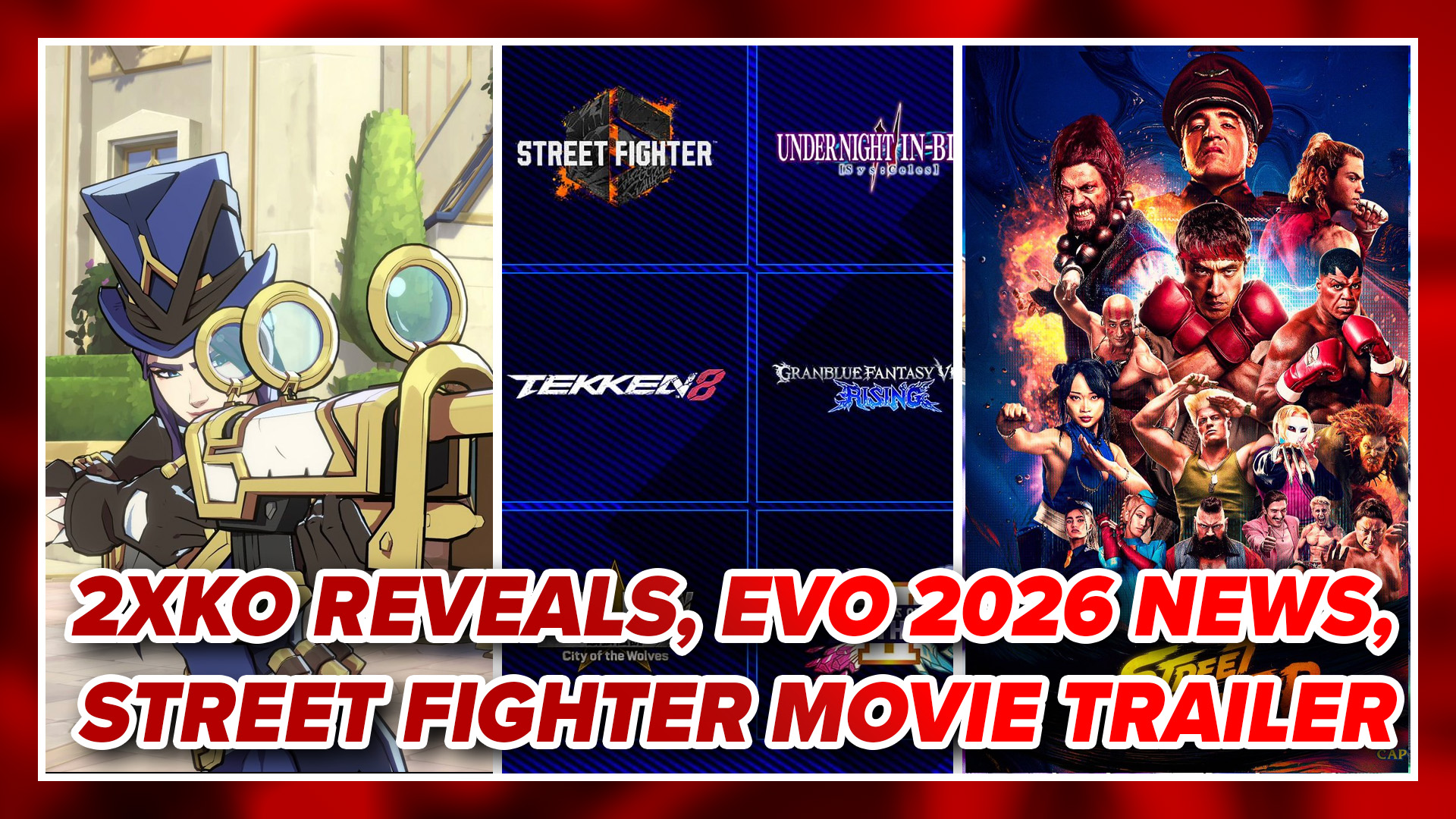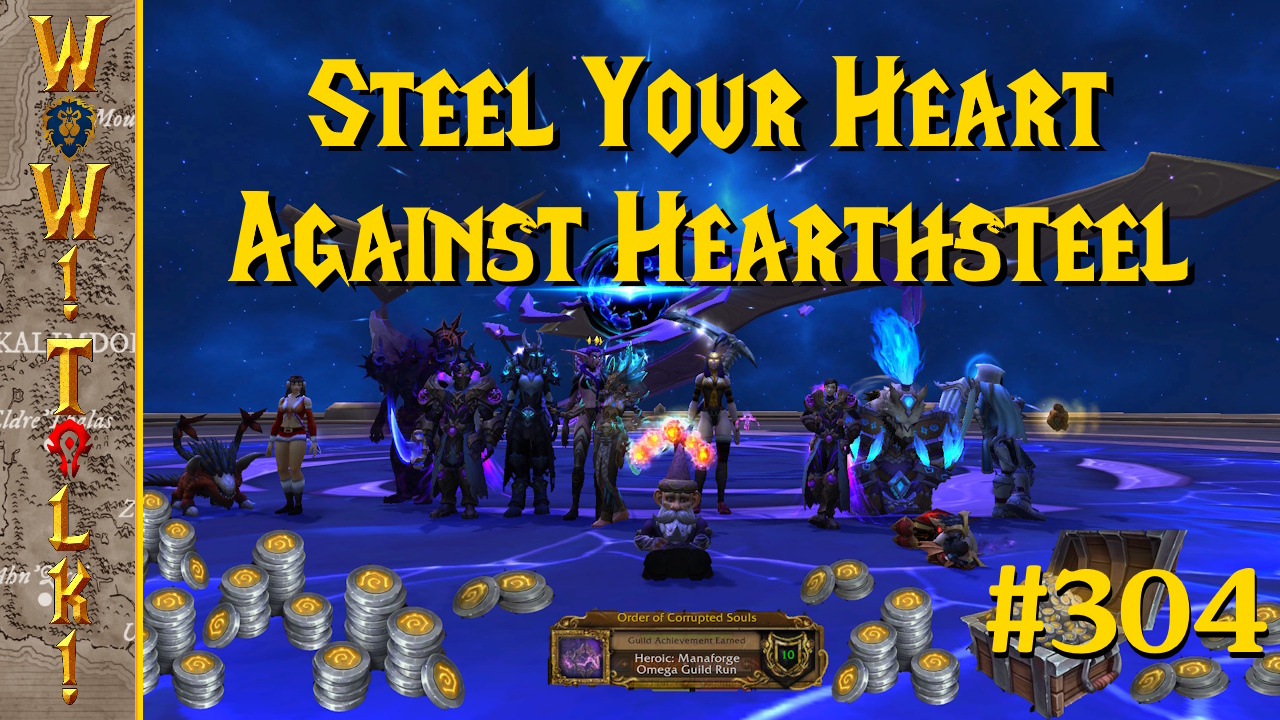
Due to the popularity of downloadable content, expansion packs have quickly become a thing of the past. While they were once commonplace a decade ago, only a few developers now produce expansion packs on a regular basis. Relic Entertainment is one such developer that not only still puts out extra content on boxed shelves, but also has a ton of experience doing so. After releasing multiple expansions for each of their previous real-time strategy series on the PC, Relic has now released a new expansion pack for their critically acclaimed Dawn of War II series. Yet while this new standalone expansion, Warhammer 40,000: Dawn of War II – Retribution, does offer a decent value package for RTS fans, it is just too flawed to easily recommend for anyone but diehard W40K fans.
For those familiar with the Relic’s Dawn of War II franchise, the plot of the new Retribution expansion pack picks up where the series left off. Ten years following the events of the previous expansion, Chaos Rising, the Blood Raven space marine chapter has been branded as heretics and its members are now being pursued by the Imperial Guard. Meanwhile, splinter factions of several W40K races have begun warring over sub-sector Aurelia and the fate of the area will soon be decided as everything comes to a head. Time is running out as the Blood Ravens must clear their names and secure the sector before the Imperium launches an Exterminatus which will wipe out all life in Aurelia.
For all those uninitiated in the ways of the Warhammer 40,000 universe, the previous paragraph can be summed up as thus: space marines are fighting evil gods and a number of races are at war within a tiny section of the universe. Retribution doesn’t do a terrific job of introducing new players to the lore of the 40K universe and certain events or lore-related terminology can be very confusing at first. All that these players need to know is that the world of Dawn of War is a crazy, crazy place and things are about to get ugly for everyone.
As always, Relic Entertainment has done a wonderful job of bringing the absolutely bizarre W40K universe to life. While not much has been done to update the Dawn of War II engine since 2008’s Chaos Rising, the visuals in Retribution still manage to impress on the highest of settings. The alien landscapes which battles take place on still have tons of personality and each character animates wonderfully and looks fantastic. While the game looks great, the high point of the DoWII series’ presentation has always lied in the fantastic sound design. Every explosion and ounce of weapons fire sounds amazing. While the music may be a bit repetitive, the over-the-top voice acting and crackle of psychic lightning bolts devastating squads of screaming Orks do well to keep things exciting.

In addition to the series’ always excellent presentation, the unique campaign structure of the Dawn of War II franchise also makes a return here. During the course of Retribution’s campaign, players control a small squad of unique characters from mission to mission all while gaining experience for personal upgrades as well as new equipment. In addition to plot-advancing missions, optional missions can be accepted to help further level up one’s heroes and get better loot. Like the previous DoWII games, the campaign is enjoyable and unlocking new abilities and equipping squad members with acquired loot is a real blast.
While the core design of single player may not have changed drastically, Relic Entertainment has added some new features to the campaign here which really help to customize the campaign to anyone’s play style. As is the case in every expansion Relic creates, a new faction has been added to Retribution in the form of the Imperial Guard. Those players familiar with W40K lore will immediately recognize the new playable army as a force of conscripted soldiers who depend upon tanks and artillery to carve a bloody path through any battlefield. In a universe of psychic horrors, genetically enhanced supersoldiers and swarms of alien bugs, the Imperial Guard stand alone as one of the few relatively realistic forces in Warhammer 40k lore.
In addition to the new army, series fans will be pleased to know that they can now choose from any of the six available armies with which to complete the campaign. In both of the previous Dawn of War II games, the campaign was restricted to the story of the Blood Raven space marines and all other factions were only playable in multi player. However, this time around players can pick freely from any army they please and each faction has its own unique heroes, units, and plot. Just like the traditional space marine campaign, new equipment is earned, experience is doled out in combat and levels gained for any playable faction.
Players can also choose to reinforce their units mid-mission with additional units from their chosen army’s repertoire. The standard squad of four heroes can now be supplemented with tanks and snipers from select structures during missions. Resources earned during the course of battle can be spent on either upgrading a select hero for the duration of the mission or used to bring in additional units to create a larger army. Players who prefer to work with a diverse group of units can also opt to leave some hero units out of battle to be able to create an even larger army if they so wish. This change to the campaign in particular is incredibly welcome as missions can essentially be played less like a role-playing game and more like a traditional strategy title, if one prefers.

While the single player has been expanded in scope from previous DoWII games, there are several key problems present in Retribution that can make the experience quite tedious. Although each faction now has its own campaign to play through, there is a lot of recycled content used as many missions are identical for multiple factions. Unit placement, scripted events, and even “surprising” plot twists are identical for any chosen faction in a lot of missions. The excitement of a sudden ambush quickly becomes yawn-inducing on subsequent play throughs as there is only the slightest variation in mission structure from faction to faction.
This isn’t to say that the single player is terrible, but rather that it doesn’t hold up particularly well to extended sessions. As is the case in the previous DoWII games, the entire campaign can be played cooperatively with a friend and squad control is split between players. It can be worth it to try to progress through each campaign with a friend, but noticing the same events or same missions again and again is incredibly tiring. Most players would do wise to choose their faction of choice, complete the campaign, and wait some time before attempting to complete the game on a higher difficulty setting or with a different army.
Aside from its campaign, Retribution also offers a robust multi player package featuring six different armies, team-based or 1v1 multiplayer, and a cooperative survival mode. For those RTS fans who have never played either Dawn of War or Relic’s previous real-time strategy darling, Company of Heroes, the gameplay mechanics behind multiplayer may feel a bit alien. On a variety of maps, players are tasked with capturing various resource points and key objectives during the course of the battle. Gaining and holding on to these points affords currency which trickles down to players over time. By building up these points, players can choose to bring additional troops into battle or upgrade squads with new weapons or abilities. The winner is determined by whoever captures and holds onto the three “victory point” structures throughout the level the longest.
Unlike other real-time strategy games on the market today, Retribution does not feature any sort of base building and gameplay is focused on troop management over player economies. The key rule of battle is always thus: whoever manages to gain the most ground and hold it while losing the least amount of troops is always the victor. Even after a couple years, DoWII’s style of real-time strategy is radically different from anything else out there and, while series veterans will feel at home, most new players will feel completely lost for at least the first dozen or so battles in which they participate.

The learning curve is made all the worse due to the overwhelming technical problems present in multiplayer. Whether the problem is the online structure of the game itself or simply first week launch jitters, Retribution’s multiplayer component is quite broken at the time of this review. Searching for a match with the in-game browser can take upwards of ten minutes and it is quite rare to be matched up against people of similar skill. When the match finally starts, games can become quite laggy as players with higher graphical settings cause the action to slow down to a crawl. Considering the vital nature of troop management in Dawn of War II, games can be won or lost based solely on ping alone. Most new players may find themselves returning to their other RTS of choice long before they get a chance to enjoy the series’ unique style of game play.
However all is not lost with the multiplayer in Retribution as the game’s cooperative online mode, “Last Stand,” is quite fun and definitely runs a lot smoother than its competitive counterpart. In this mode, players pick a hero from each of the six races and join up with two other players to survive wave after wave of AI-controlled enemy forces. Just as in single player, experience is given out after the end of the match and new abilities are earned which are to be used in the next attempt. While this mode was initially introduced in a free patch in Dawn of War II, the abilities for each hero have been reworked slightly and a new map is included here that presents a challenge for high level players. While it not might have much staying power, the “Last Stand” mode is fun while it lasts.
Retribution’s greatest failing lies not in any one aspect of the game, but rather in the sum of its parts. While the single player has a lot of interesting ideas and the addition of new playable armies is certainly welcome, an unfortunate chunk of the campaign is recycled for every faction and there’s not enough variation in the missions themselves to begin with. Even the series multi player, which is wholly unique from any other RTS and quite good, suffers significantly under the weight of its technical issues and lackluster matchmaking service. While there is plenty to like in Retribution, there are just too many problems present to really make it an easy recommendation to any given real-time strategy fan. Although it may hold a decent amount of content for a standalone expansion, only diehard Warhammer 40,000 fans and series loyalists will be able to ignore the game’s faults and enjoy this newest foray into the Dawn of War II universe.
Warhammer 40,000: Dawn of War II – Retribution is available now for $29.99 on PC.




